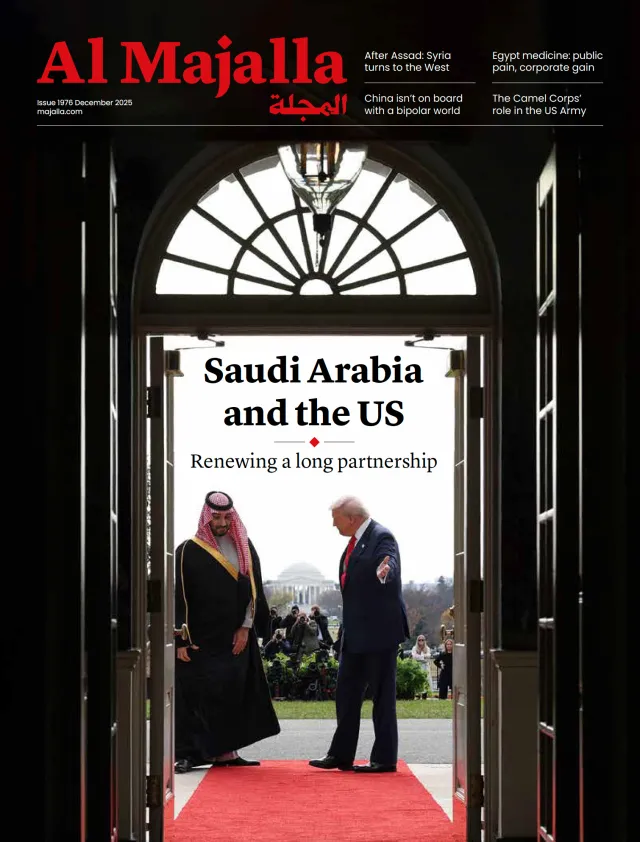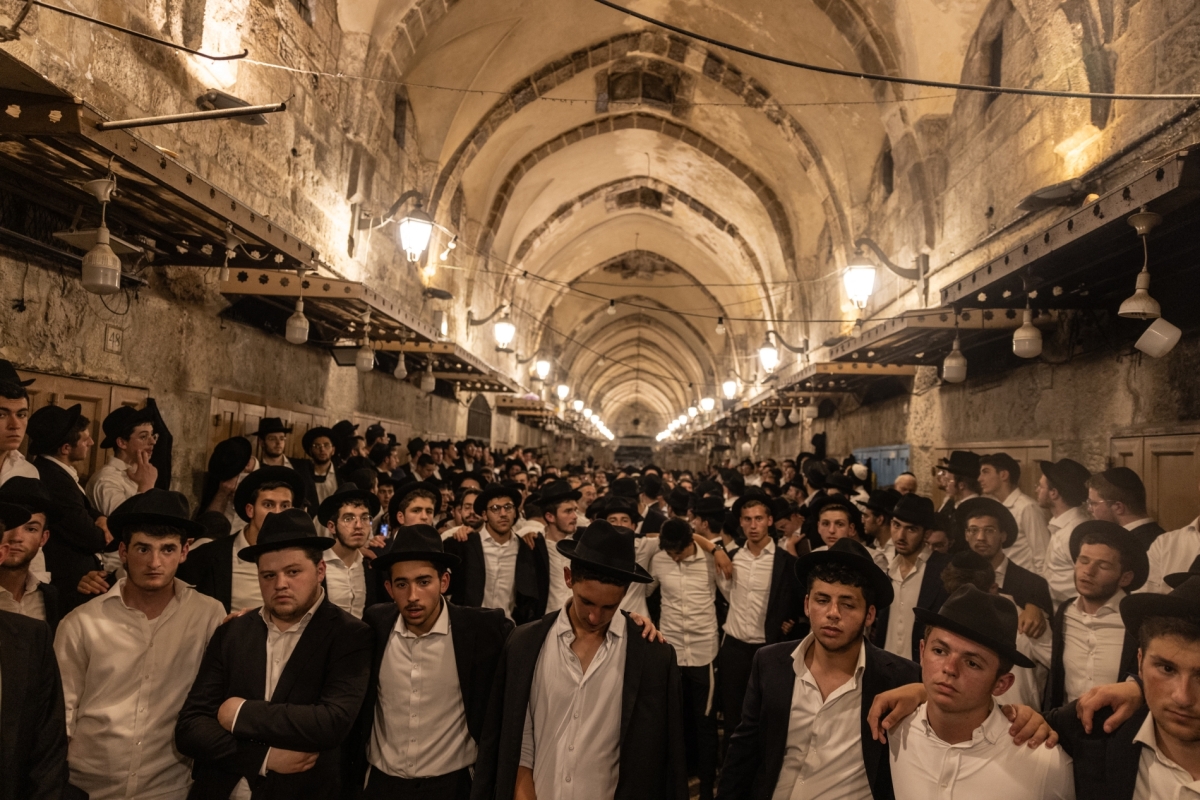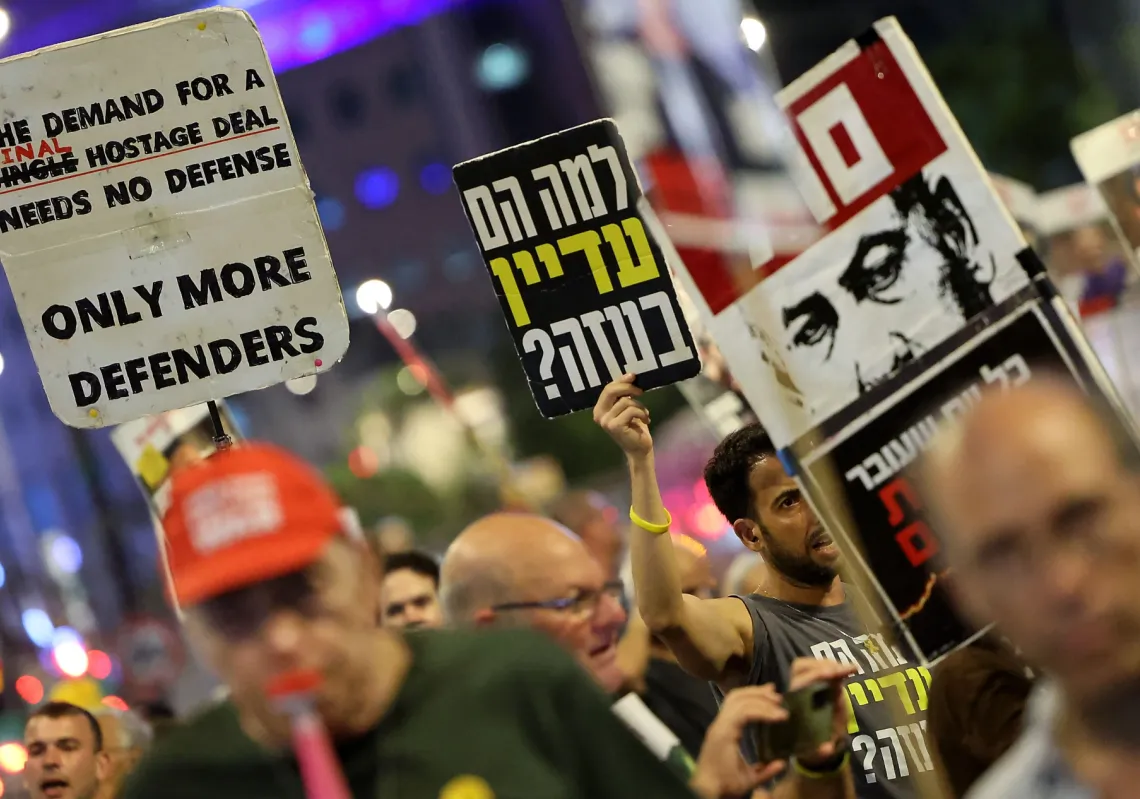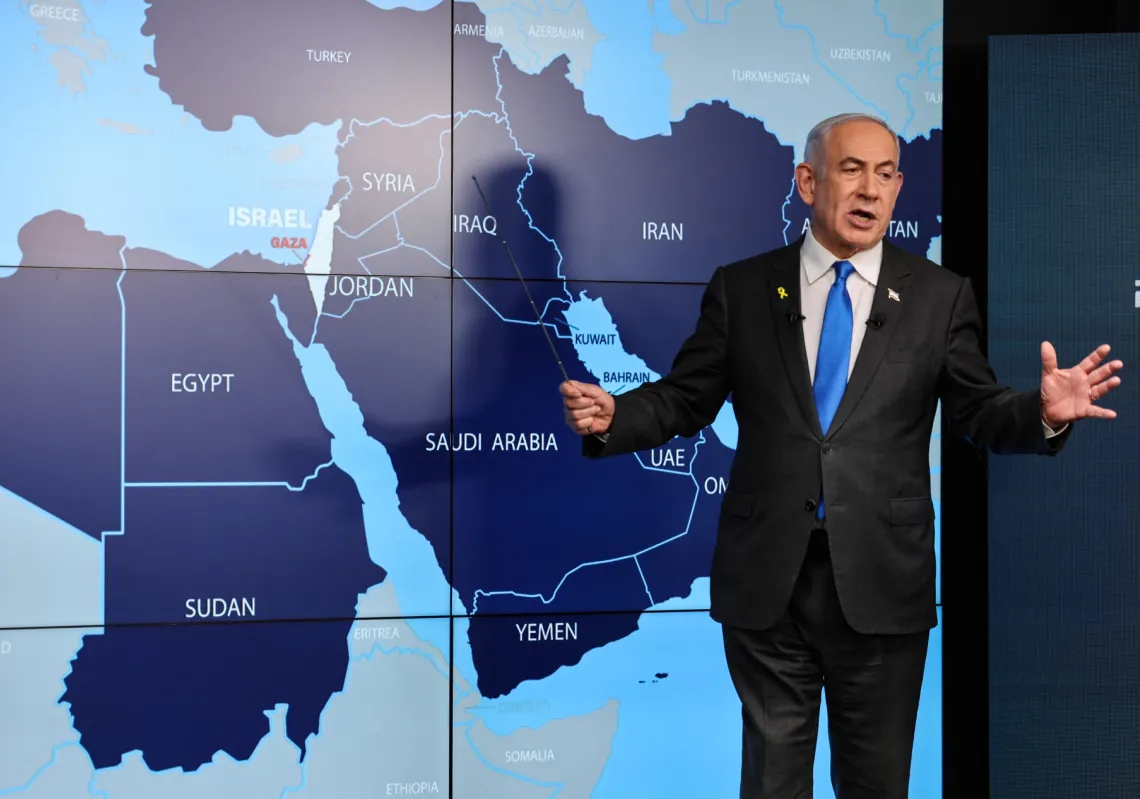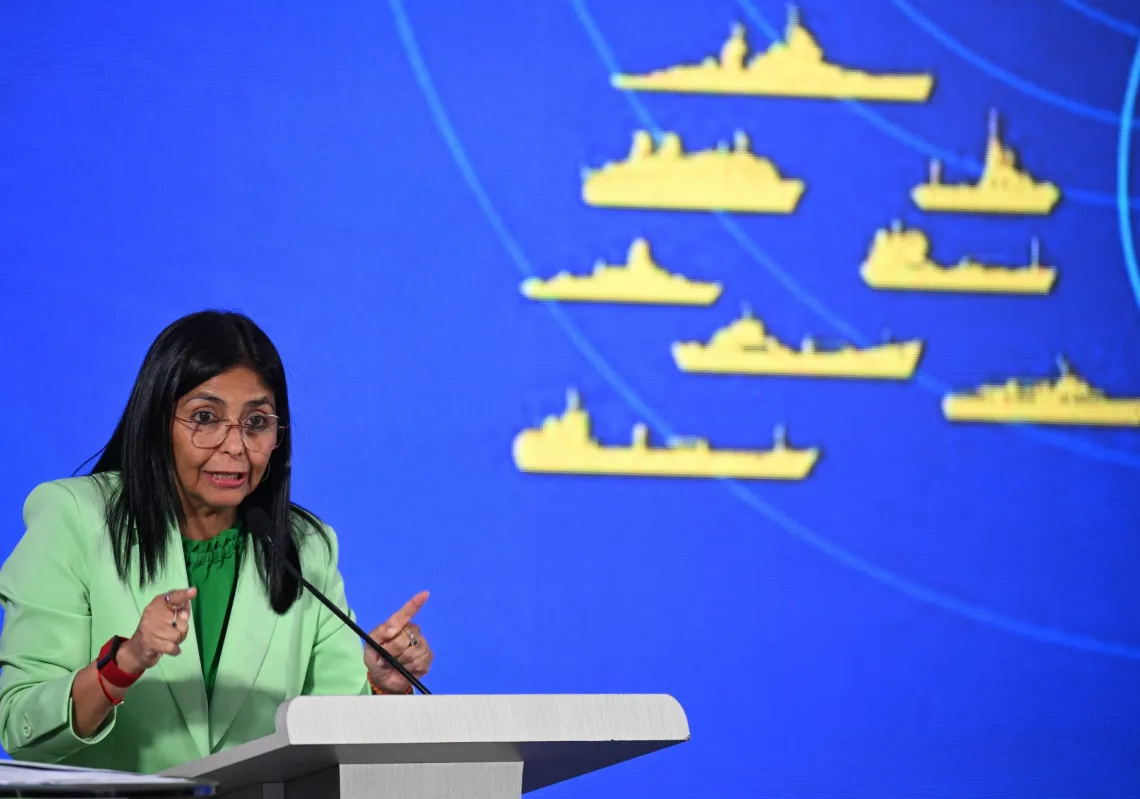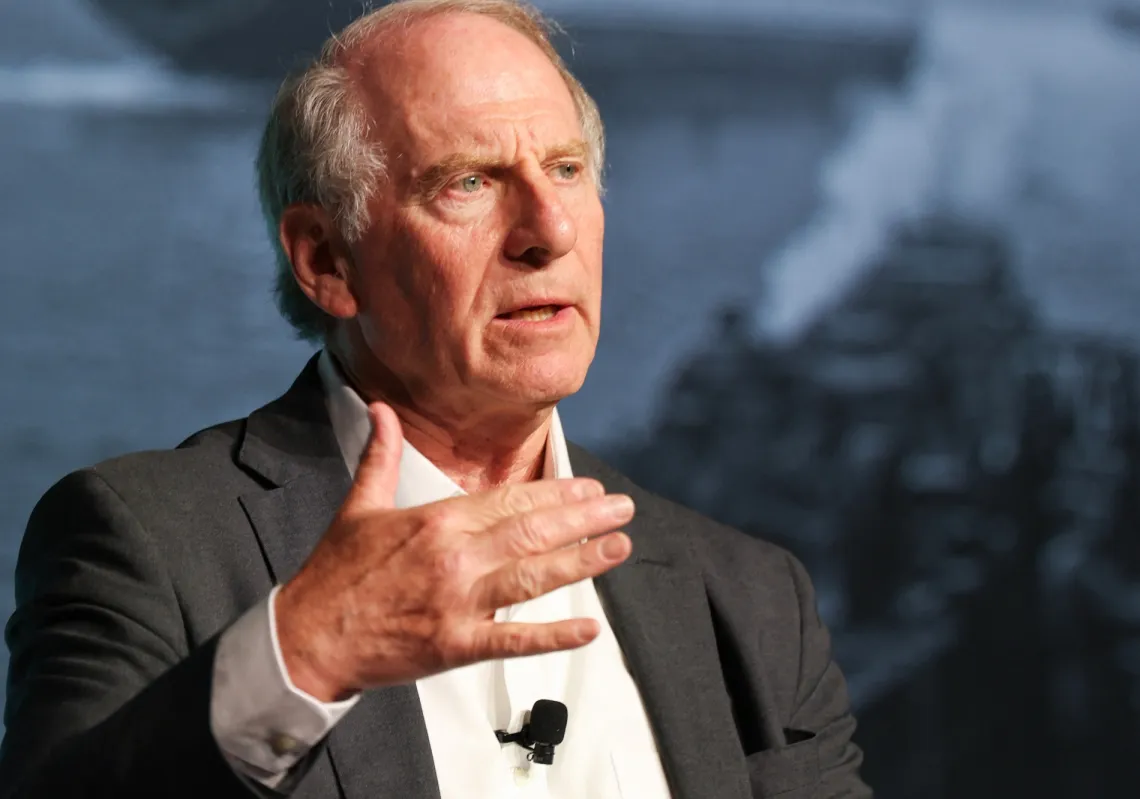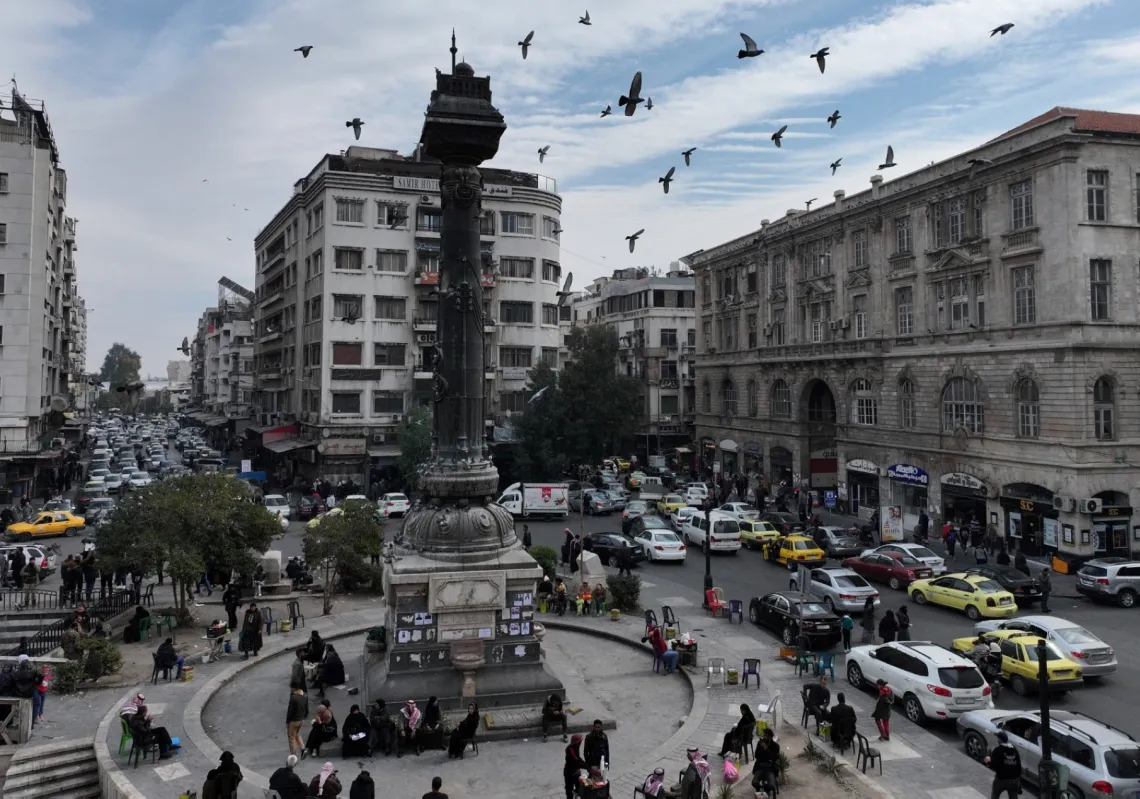Every year, religiously-observant Jews commemorate Tisha b’Av, the date associated with the destruction of the Temple Mount 2,000 years ago by the Romans. For centuries, the Haram Al Sharif in Occupied Jerusalem—the third holiest site in Islam, which houses the Al Aqsa Mosque and was built on top of the ruins of the Temple Mount—has been a key focus of Jewish prayer and devotion. But for nearly a millennium, Rabbinic rulings forbade Jews from entering Al Haram Al Sharif on the grounds that it would defile its sanctity. To this day, this prohibition is still upheld by an overwhelming majority of Rabbinic scholars.
However, in 1967, a small fringe group of Israeli Jews demanded the right to pray at the Al Aqsa Mosque Compound, despite the widespread understanding among Israelis, and most prominently its Defence Minister Moshe Dayan, that it would be a huge provocation that would trigger large-scale violence—not only in Occupied Jerusalem but throughout the Arab and Muslim worlds.
It is against this backdrop that the Status Quo first emerged: the Haram Al Sharif would be exclusively a place of worship for Muslims, open to dignified and respectful visits of non-Muslims, in accordance with the decorum on the site, and in coordination with the autonomous Jordanian waqf (endowment). With Israel’s vital national interest in mind, Jewish prayer at the Al Aqsa Mosque Compound was strictly forbidden.
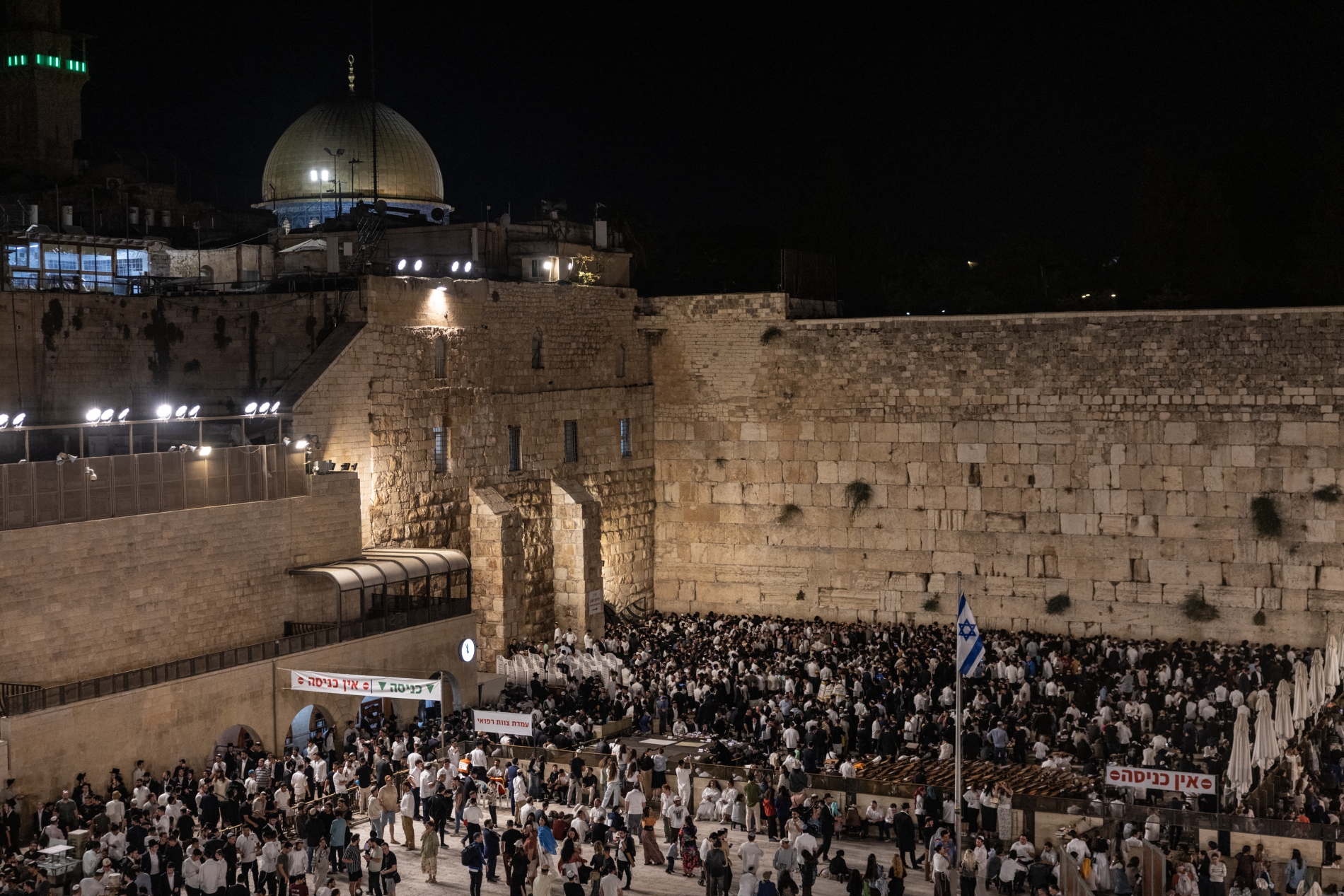
From fringe to mainstream
However, over time, this radical fringe group became increasingly mainstream. Temple Mount movements—backed by more than a hundred rabbis associated with the settler movement in the West Bank—became more visible, more vocal and more audacious. Slowly but surely, the Status Quo was increasingly violated, with Israeli police turning a blind eye to Jewish prayer. Quiet individual prayers were replaced by conspicuous communal prayers, and high-level Israeli figures—once forbidden from visiting the site—began to make provocative appearances.
Traditionally, Israeli prime ministers have been largely receptive to complaints by the Jordanian waqf over violations of the Status Quo; however, since 2017, a once risk-averse Benjamin Netanyahu has become more permissive of such provocations. Under his tenure, Temple Mount zealots have increasingly been granted access to the Haram Al Sharif. Adding insult to injury, they make it a point to flaunt their ultra-national triumphalism for Muslim worshippers to see. This has understandably angered Arabs and Muslims, who view such moves as an intentional desecration of the sanctity of the Al Aqsa Compound.
By 2022, approximately 53% of Israelis favoured allowing Jewish prayer at the Al Aqsa Mosque Compound, although 63% still opposed the imposition of Israeli sovereignty over it. But unless such visits sparked large-scale violence, Israelis remained largely ambivalent to violations and provocations by Temple Mount zealots at the Al Aqsa Mosque Compound.
For years, tensions have spiked at Al Haram Al Sharif on Tisha b’Av as thousands of Temple Mount zealots triumphantly paraded at the holy site, where they loudly recite Jewish prayer, wave Israeli flags and chant nationalist slogans. This year, the number of Jewish worshippers exceeded past records. But unlike past years, where most Israelis largely shrugged off such spectacles, this year’s visit elicited considerable condemnation from within Israeli society.

